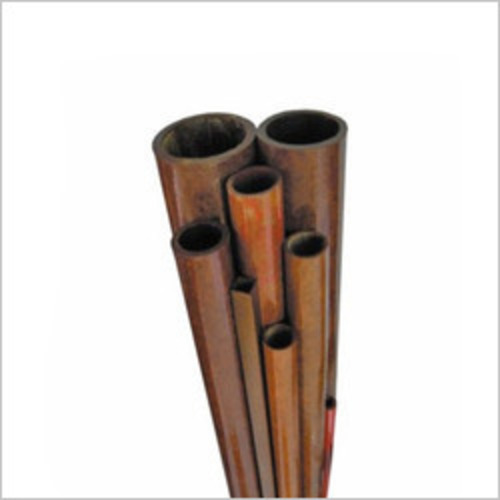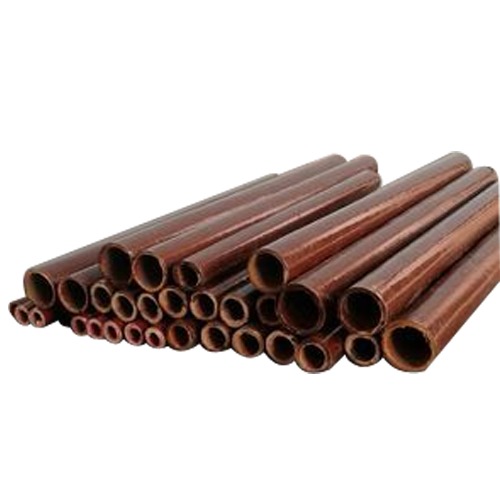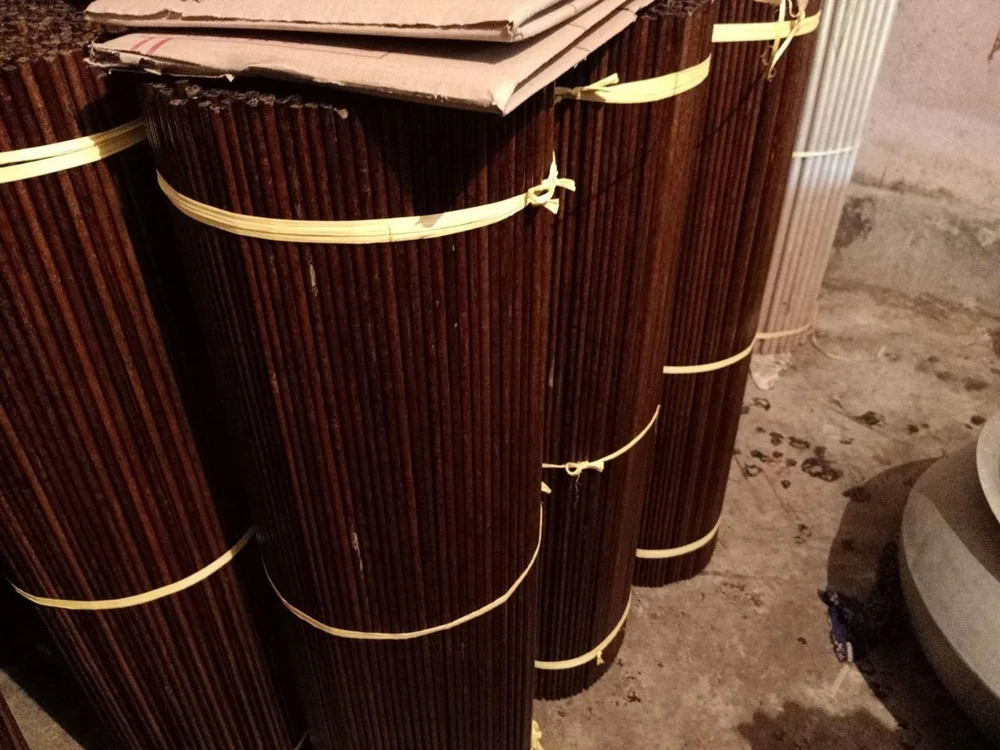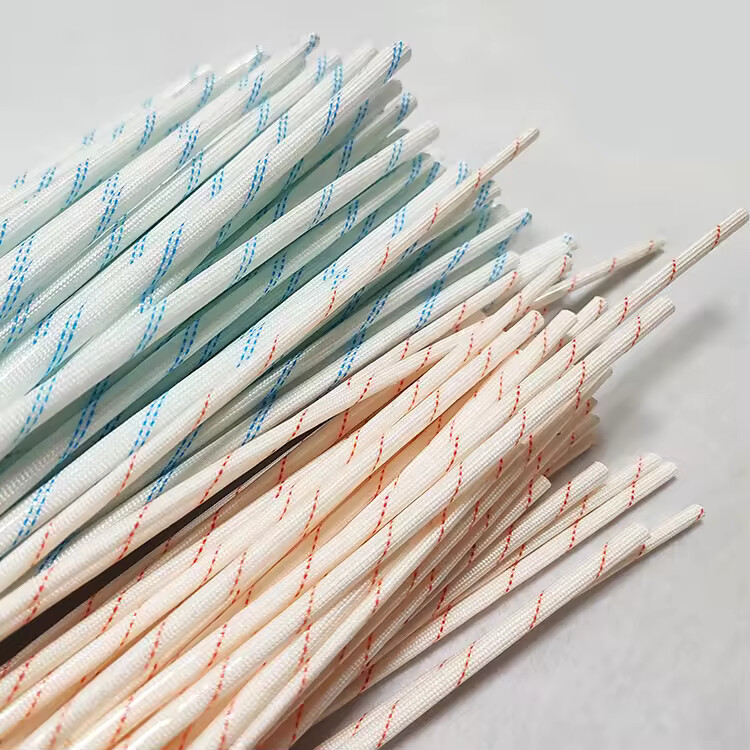- Home Page
- Company Profile
-
Our Products
- Fiberglass and Insulation Sleeves
- Insulation Sleeves
- Polyester Expandable Braided Sleeves
- Fire Resistant Sleeve
- SRBP Tubes
- Polyurethane Fiberglass Sleeves 1.5 kv
- Acrylic Fiberglass Sleeving
- Varnished Fiberglass Sleeve F Class
- Fire Sleeves
- Polyurethane Fiberglass Sleeve
- PVC Coated Fiberglass Sleeve
- Silicone Coated Fiberglass Sleeve
- Polyurethane Coated Fiberglass Sleeves
- Fiberglass Sleeve ( China Sleeve )
- Fiberglass Sleeving B Class
- Nomex Paper and Electrical Insulation Papers
- Pure Aramid Paper
- Eurotherm Laminated Nomex Paper NPN
- Laminated Fleece Paper
- Electrical Insulating Paper
- Laminated Aramid Paper
- Saturated Fleece Paper
- DuPont Nomex Paper
- Saturated Fleece Paper
- Insulating Kraft Paper
- Insulation Pressboard
- Laminated Nomex
- Electrical Insulation Papers and Laminates
- Pure Aramid (Nomex) Paper
- Laminated Fleece
- Black Kraft Paper
- Amotforse Brown Kraft Paper
- Diamond dotted Paper
- Fiberglass and Insulated Cables
- Glass Epoxy Sheets and Wedges
- Varnishes and Thinners
- Electrical Insulation Tapes
- Electrical Insulation Sheets and Fabrics
- PTFE Wire
- Silicon Cable
- Insulation Film
- Fiberglass and Insulation Sleeves
- Certificates
- Contact Us
SRBP Tubes
10.0 INR/Piece
Product Details:
- Surface Treatment Galvanized
- Size Standard
- Product Type SRBP Tube
- Material ynthetic Resin
- Application Industrial
- Color Brown
- Click to view more
X
SRBP Tubes Price and Quantity
- 10.0 INR/Piece
- 1 Piece
SRBP Tubes Specification
- Standard
- SRBP Tube
- Galvanized
- Industrial
- Brown
- ynthetic Resin
SRBP Tubes Trade Information
- 1000 Piece Per Month
- 3 Days
- Eastern Europe, Asia, Australia, Central America, North America, Africa, South America, Middle East, Western Europe
- All India
Product Description
The term "SRBP tubes" refers to cylindrical, hollow tubes formed from layers of paper that have been impregnated with synthetic resins, compressed, and then dried. These tubes provide numerous components in electrical and electronic applications with electrical insulation, mechanical support, and protection. Here is a thorough explanation of Synthetic Resin Bonded Paper Tube:
Material:
Paper that has been treated with synthetic resins serves as the main component of SRBP tubes. High-quality insulating paper is often utilised to create the paper layers, and epoxy or phenolic-based resins are frequently used. These layers are then pushed together and dried to create a sturdy tube.
Key characteristics of SRBP Tubes:
1. Electrical Insulation: Synthetic Resin Bonded Paper Tube main purpose is to offer electrical insulation. These tubes are useful for isolating conductive components due to the enhanced dielectric characteristics of the paper due to the impregnated synthetic resins.
2. Mechanical Strength: The compression and curing processes produce a solid, rigid framework that offers enclosed components mechanical support and defence. SRBP tubes have some impact resistance and can endure mechanical stress.
3. Thermal Resistance: Synthetic Resin Bonded Paper tubes have strong thermal resistance, which qualifies them for use in situations where components may produce heat.
4. Chemical Resistance: SRBP tubes are resistant to a variety of chemicals, oils, and solvents thanks to the synthetic resins employed in their construction, shielding the enclosed components from corrosive substances.
5. Customizability: To meet the needs of certain applications, SRBP tubes can be produced in a range of sizes, lengths, and diameters.
Applications of Synthetic Resin Bonded Paper Tubes:
SRBP tubes are used in a variety of sectors where mechanical support and electrical insulation are necessary, such as:
1. Wrapping a transformer and a coil
2. Insulation for electric motors
3. Components of a circuit breaker
4. Fiery tubes
5. Barriers with electrical insulators
Installation and Use:
SRBP tubes are often used to protect wires, coils, and other components by acting as insulating barriers or protective sleeves. They may be simply fitted over components to offer insulation and protection after being cut, shaped, and installed.
Environmental Considerations:
SRBP tubes offer resilience to a variety of environmental variables and are often acceptable for indoor applications. They might not be appropriate for outdoor use, applications involving drastic temperature changes, or exposure to moisture.
FAQs of SRBP Tubes:
1. Why are SRBP tubes used?
Ans: Synthetic Resin-Bonded Paper tubes, also known as SRBP tubes, are generally utilised for mechanical support and electrical insulation in a variety of settings, including transformer winding, motor insulation, circuit breaker components, and more.
2. How do SRBP Tubes offer electrical insulation, specifically?
Ans: The dielectric characteristics of the tubes are improved by the use of paper layers between which synthetic resins have been infused. This insulation shields conductive components from one another safely while preventing electrical conduction.
3. What are the advantages of utilising SRBP Tubes?
Ans: Synthetic Resin Bonded Paper Tubes provide solid mechanical support, heat resistance, some chemical resistance, and electrical insulation. They can be altered in terms of size and shape to meet certain application requirements.
4. What industries utilise SRBP tubes most frequently?
Ans: These tubes are frequently employed in sectors that manufacture electrical and electronic components, such as circuits, the creation of electrical motors, transformers, and more.
5. Can SRBP Tubes be utilised outside?
Ans: Generally speaking, tubes are ideal for indoor applications. Although they provide resistance to some environmental variables, they might not be the best for usage outdoors, exposure to significant temperature changes, or wetness.
Premium Construction for Industrial Reliance
Our SRBP tubes are meticulously crafted from synthetic resin and treated with galvanization, ensuring exceptional strength and resilience. The standard sizing and brown coloration make them versatile and easily recognizable across industrial sectors.
Robust Distribution Network Across India
With a comprehensive presence as a distributor, exporter, importer, manufacturer, supplier, and trader, we deliver SRBP tubes throughout India. Our supply chain facilitates prompt availability for industrial clients needing consistent quality and reliable service.
FAQs of SRBP Tubes:
Q: How are SRBP tubes manufactured for industrial use?
A: SRBP tubes are produced by impregnating high-grade synthetic resin into a substrate, then curing and galvanizing the tubes to enhance strength and corrosion resistance, ensuring suitability for demanding industrial environments.Q: What are the main applications of SRBP tubes in industry?
A: SRBP tubes are commonly employed as insulating components, protective covers, and structural supports in electrical, mechanical, and engineering industries, where their robust and non-conductive properties are essential.Q: When should I choose galvanized SRBP tubes over other materials?
A: Galvanized SRBP tubes are preferable when additional protection against moisture, wear, and environmental factors is required, especially in installations prone to chemical exposure or abrasive conditions.Q: Where can I source SRBP tubes in India?
A: As a leading distributor, exporter, importer, manufacturer, supplier, and trader, we supply SRBP tubes throughout India, supporting industrial clients with prompt delivery and consistent quality.Q: What is the process of galvanizing in SRBP tube manufacturing?
A: After forming the basic tube from synthetic resin, a galvanizing process is applied to the surface, adding a protective layer that boosts resistance to corrosion and increases longevity in industrial settings.Q: How should SRBP tubes be used for optimal performance?
A: SRBP tubes should be installed according to standard engineering practices, ensuring secure fits and avoiding exposure to excessive heat or mechanical stress beyond specified tolerances.Q: What are the benefits of choosing SRBP tubes with a galvanized finish?
A: Choosing SRBP tubes with galvanized surfaces offers increased durability, superior resistance to rust and degradation, and ensures long-term functionality, making them ideal for critical industrial operations.Tell us about your requirement

Price:
Quantity
Select Unit
- 50
- 100
- 200
- 250
- 500
- 1000+
Additional detail

 Send Email
Send Email 













 Send Inquiry
Send Inquiry Send SMS
Send SMS Call Me Free
Call Me Free
 English
English Spanish
Spanish French
French German
German Italian
Italian Chinese (Simplified)
Chinese (Simplified) Japanese
Japanese Korean
Korean Arabic
Arabic Portuguese
Portuguese